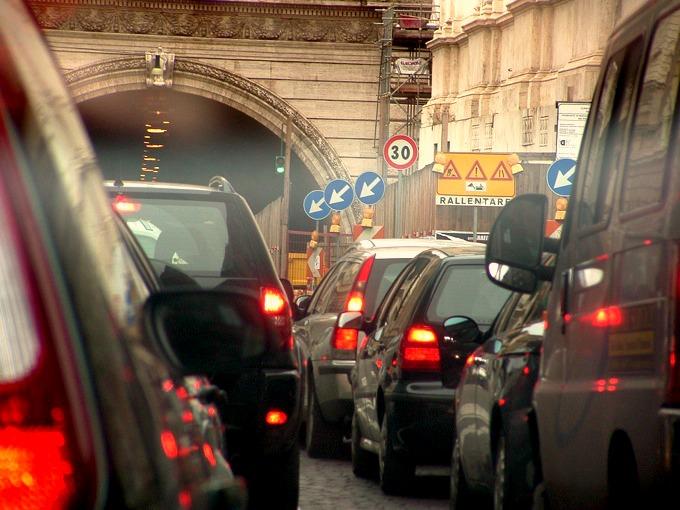Istat, the Italian National Institute for Statistics, released a report on Italy's worsening air quality that shows how drastically Italy's cities exceed the European smog standards.
The European Union limits the number of days cities can register a health-averse level of PM10 smog particles to only 35 days per year, but many Italian cities exceed safe PM10 levels a third or more of the year. EU member countries can pay hundreds of millions of euros in fines for breaching these limits.
Though smog levels in Italian cities have been decreasing for several years, there was a sharp increase in air pollution on the peninsula in 2011. The City of Verona alone had a 180 per cent increase in smog levels between 2010 and 2011.
PM10 particles are primarily emitted during traffic, and a decrease in public transportation usage paired with an increase in personal vehicles use in provincial capitals may be causing the rising smog levels.
With the exception of Syracuse, all the ten Italian cities with the highest smog levels lie in northern Italy. Turin, at the top of the rankings, was over the EU limit for 158 days in 2011. Alessandria, Asti, and Turin in Piedmont; Brescia, Cremona, Milan and Monza in Lombardy; and Vicenza and Verona in the Veneto all had more than 100 days over the EU PM10 limit in 2011. Only three major Italian cities met the under-35-day benchmark: Bari, Catania and Genoa.
The European Environmental Agency maintains a map of its member countries showing how Italian smog levels compare to the rest of the continent.









